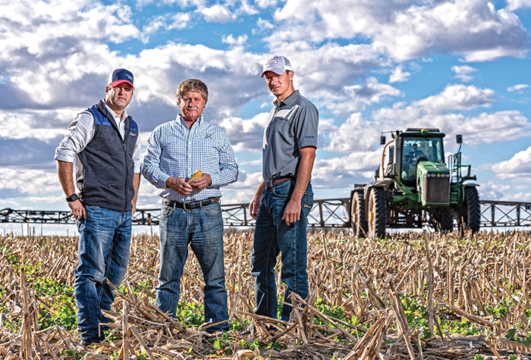Explore our blog featuring articles about farming and irrigation tips and tricks!
Get Ahead Of Weed Resistance

By: Darcy Maulsby
Troublesome weeds are nothing new, but farmers on the western plains of Kansas knew something was changing when kochia became even tougher than normal to manage in 2010. Then, not long afterward, herbicide resistance took the state by storm.
“We saw our first resistant Palmer amaranth around 2012,” says Colten Katz, a partner at Turon Mill & Elevator, Inc., in Turon, Kansas. “Now, about 90 percent of the pigweed in the state is resistant to glyphosate.”
Palmer amaranth, marestail and kochia are three of the hardest weeds to manage in the region and have earned Kansas an unwanted distinction. “Kansas is third in the nation, behind California and Illinois, in terms of unique resistant weeds,” says Katz, whose family farm is located in south-central Kansas.
Pigweeds, including waterhemp and Palmer amaranth, tend to be the driver species with herbicide resistance, notes Aaron Hager, Ph.D., an associate professor and Extension weed specialist at the University of Illinois. “Resistance reflects an evolutionary process,” he says. “Once resistance exists in a waterhemp population, it doesn’t go away.”
While it can take a while for resistance to take hold, there’s no turning back after resistant seeds—spread by birds, wildlife, the movement of farm equipment and other methods—take root.
“Resistance is a slow build at first,” says Dane Bowers, technical product lead for herbicides at Syngenta. “But eventually, things reach a tipping point, and resistance can explode.”
When you consider the challenges growers are facing in 2019, it becomes apparent that retail suppliers will also face a challenging year. As they help growers navigate the volatile climate, retailers must evaluate each grower’s needs and craft an agronomic solution that maximizes his or her economic return.
Stay up to date on all T-L news and get alerts on special pricing!


